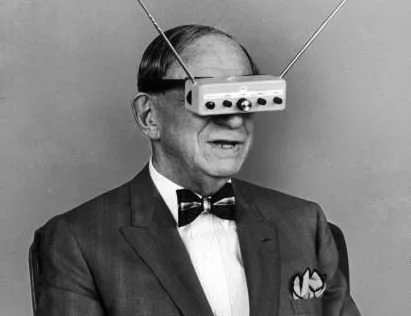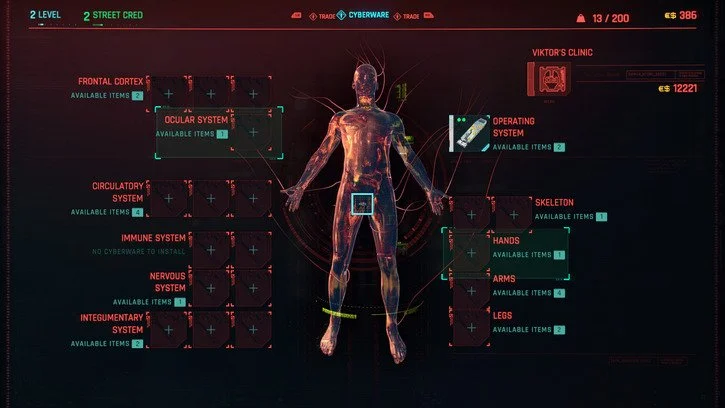In the world of video game design, understanding what makes players tick is the difference between a game that’s merely playable and one that’s unforgettable. Behind every great game lies a blend of psychology and design, drawing from models that delve into human motivation, engagement, and satisfaction. Here, we explore three pivotal frameworks—Bartle’s Player Types, Self-Determination Theory, and the MDA Framework—each offering unique insights into player psychology and how they can shape unforgettable gaming experiences.
Read MoreMbappé’s integration at Real Madrid has highlighted the consequences of misaligned roles within a team. Real Madrid needed a striker to complement their system, but Mbappé, a natural winger, was placed in that position instead. This not only limited his effectiveness but also disrupted the team’s balance. The lack of clarity about how Mbappé should be utilized created tension—not necessarily between players, but in the broader structure of the team.
Read MoreIn this article, we will explore the parallels between the fragrance industry and UX design, delving into the lessons that UX designers can learn from the world of scents. By understanding the power of sensory design, crafting emotional connections, designing for personalization, and creating intuitive and engaging experiences, UX designers can enhance their ability to captivate and delight users.
Read MoreGame engines are software frameworks that game developers use to create video games. With AI integration, these engines can help game developers automate certain tasks, such as coding, asset management, and animation. This means that developers can focus more on the creative aspects of game development, rather than the technical details.
Read MoreMotivation is commonly separated into two different types, Intrinsic and extrinsic and these are important for designers to understand. Motivation can also be linked to the self-determination theory. Users can be motivated to use your product through rewards and incentives but also can be motivated by the internal personal satisfaction of using it.
Read MoreOur strength in one context can be perceived as a weakness in another. For instance, being talkative can be a strength when it comes to public speaking or networking events. However, in a meeting, talking too much can be seen as a weakness because it may prevent other people from contributing their ideas or making them feel unheard.
Read MoreIn a 2004 interview with Rolling Stone, Steve Jobs famously said that "a lot of technology is in search of a customer." He explained that many companies create new technologies because they can, not because anyone actually wants or needs them. This sentiment is especially relevant today as companies like Facebook plan for the Metaverse, a virtual world that connects multiple platforms, devices, and applications. While the Metaverse has been touted as the future of online interaction, there are concerns that it may be a solution looking for a problem.
Read MoreMastery is a powerful motivator that drives individuals to develop their skills, knowledge, and abilities. At its core, mastery is the desire to become proficient in a particular area, to develop a deep understanding of a topic or activity, and to feel a sense of accomplishment and satisfaction as a result. In this article, we will explore the psychology of mastery and how it can be harnessed to drive motivation and success.
Read MoreAll it takes to make users happy is, Fast load times, an Intuitive interface with minimal learning curves. Simple to understand, yet hard to make. UX-driven attrition refers to the loss of users caused by poor user experience (UX) in a product or service. It happens when elements of the design or overall experience frustrate or fail to meet user expectations, leading them to abandon the platform for alternatives.
Read MoreDesigning for persuasion is not the same as designing for digital nudging. Though both may use some similar tactics, they are two distinct approaches with different goals.
In this blog post, we'll explore the difference between persuasive design and digital nudging. We'll look at the different goals and objectives of each approach, as well as some of the common tactics used.
Read MoreIt's estimated that the average adult makes about 35,000 decisions a day and over 200 are related to food. So decision fatigue is a real problem for users. This is why the food industry has options such as a set menu, buffet and la carte to help us decide what to eat. UX design also has similar strategies.
Read MoreWhat happens when users don't behave the way you expect them to? What if your users are exhibiting toxic behaviour, bullying or simply not engaging with your product? In this post, i'll explore some ways to change user behaviours in UX design both in video games and apps.
Read MoreThe harder something is the more people seem to love it. Sounds counterintuitive but here's why!
Usually, UX design is all about creating the easiest possible user experience, but sometimes, adding a little friction can improve the UX. In video game design, friction can be used to create a sense of realism and immersion.
Read MoreAn Affordance in simple terms is a clue as to what actions are possible in order to use something. For example, wheels on a bike or the handle on the door give you an affordance as to how to use it. These are simple examples but games can be complicated to understand with their changing states and different play styles and controls.
Read MoreVideo games and social media can be great escapes from our daily lives but can also be an outlet for the dark sides of our personalities. This is why designers need to find ways of dealing with toxic behaviour by creating features and mechanics that discourage it, such as reporting systems and mute buttons.
Read MoreProgressive disclosure is a design strategy that allows users to gradually learn about important features in a step-by-step process. It is an effective way to reduce cognitive load and reduce the learning curve so users feel comfortable with the level of information they are viewing, without feeling overwhelmed or frustrated.
Read MoreAt its core, UX design is about solving problems. And yet, when it comes to designing user interfaces, we often face a dilemma: too many choices can paralyze us, but too few can leave us feeling unfulfilled. How do we find the right balance?
Read MoreIt is necessary to guide users through new experiences to prevent them from becoming frustrated or lost. However, this can lead to excessive hand-holding that ruins the gaming experience by removing the sense of agency and can lead to players becoming passive viewers in an interactive experience.
Read MoreSome games have great tutorials and some are innovative whiles some are so bad they become memes. Teaching users how to play your game can make or break player experience. In this post, I will explore some of the best ways of understanding players learning styles and some tutorials and teaching mechanics found in games.
Read MoreI recently revisited Cyberpunk 2077 on PC and I can say that it’s in a much better place than when it launched. However, during my play, there were a number of UX and UI inconsistencies that I noticed. And this goes to show how complex it is to make AAA games even with all CDPR’s past experience of making ground-breaking open-world RPGs. A great user experience should be like a butler, only there when you need it. But unfortunately, when it goes wrong, it really stands out.
Read More




















